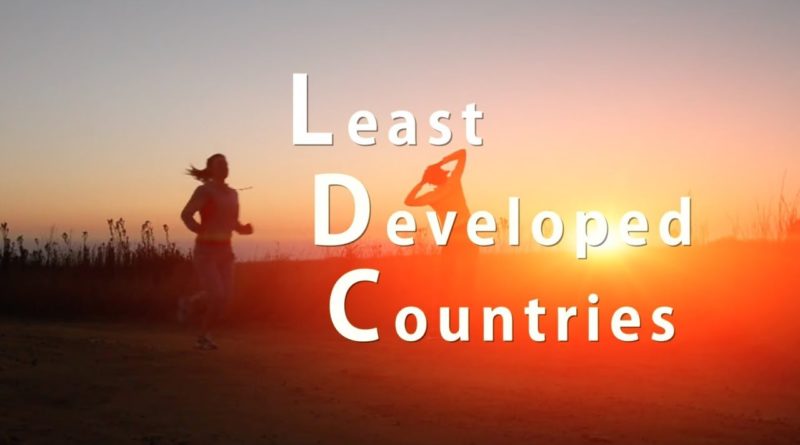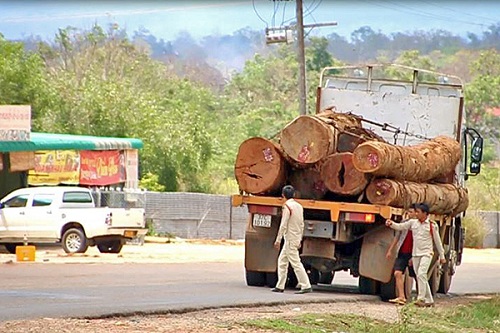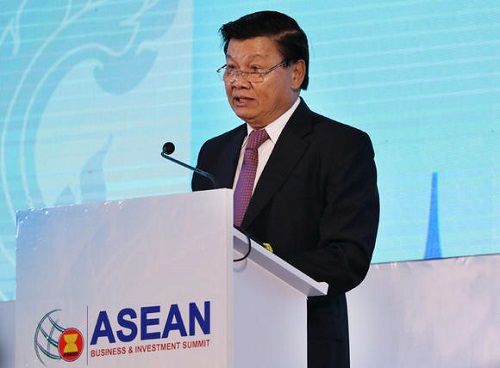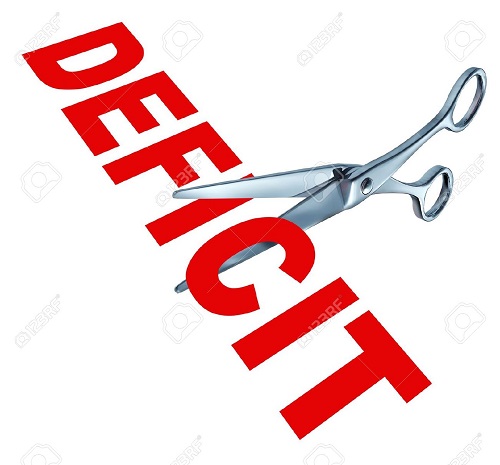Laos Unable To Rise Above LDC Status By 2020: PM
Source: Vientiane Times
Prime Minister Thongloun Sisoulith told the National Assembly on Friday that Laos is unable to graduate from the United Nations’ Least Developed Country (LDC) list by 2020 as targeted.
The premier was responding to questions raised by members of parliament at the ongoing 5th ordinary session of the Assembly’s 8th Legislature.
In 2001, the Party and state set a target for Laos to officially rise above poverty status by 2020, but this will not be possible, the premier admitted, referring to the result of an assessment carried out recently by the UN.
LDCs are assessed using three criteria: the human asset index (HAI) which assesses health and education targets, economic vulnerability, and gross national income (GNI) per capita.
Countries must meet two of the three criteria at two consecutive triennial reviews by the Committee for Development Policy to be considered for graduation, according to the UN.
We are offering the highest and best coverage for cars & motorbikes in Laos !
And we offer the most competitive premiums !
Life’s complicated enough. So we’ve made buying car insurance simple and fair, with all the benefits you’d expect and more. That’s car insurance the way it should be.
Try us and get your quote here or contact us at info@jclao.com / 020 77 100 200
It said Laos had fulfilled the eligibility criteria to graduate from LDC status in the first review.
The 2018 review found that Laos has passed the thresholds for GNI per capita and the HAI. However, the Economic Vulnerability Index (EVI) is still to be met.
“If the Lao PDR sustains development gains and meets the criteria again in 2021, it will be formally removed from the list of LDCs in 2024,” the UN said on its website.
Mr Thongloun said it was sad news that Laos could not achieve the target by the set time. “We announced a target to graduate [from LDC status] by 2020, but we can’t. We must endeavour further,” he told the biannual Assembly session.
Laos’ GNI per capita of US$1,996 exceeded the graduation threshold of US$1,230 or above, the prime minister said.
The HAI stood at 72.8 compared to a threshold of 66 or above. The EVI was 33.7, close to the threshold of 32 or below.
Mr Thongloun underlined the need for Laos to work harder to meet the set criteria by creating a firm foundation in preparation for graduation.
He said a number of development partners’ policies towards Laos, including aid and loan policies, would be reviewed once Laos leaves the LDC grouping and is officially called a developing country.
Lao economists have suggested that the government should be prepared for the expected revised policies from development partners and trading partners.
If Laos leaves the LDC grouping as anticipated, it will result in a reduction of Official Development Assistance (ODA) and assistance under the Generalised Scheme of Preference (GSP) granted to exporters by many developed nations.
Economists are concerned about the financial situation as the government will need to find other sources of finance to supplement the reduced amount of ODA.
“We will face two main challenges after LDC graduation – a reduction in ODA and a decline in the privileged trade treatment granted to Laos which will impact the manufacturing and export sectors,” a senior economist at the National Economic Research Institute, Dr Leeber Leebouapao, told Vientiane Times recently.
ODA, which comprises both grants and low interest loans, makes up more than 10 percent of total investment.
But Deputy Minister of Planning and Investment, Dr Kikeo Chanthabouly, told Assembly members in an earlier meeting that Laos is unlikely to suffer from restricted financial support after leaving the LDC grouping.
Although Laos is likely to face aid cuts in the form of grants, the country expects to secure more loans because its new status as a developing country will increase the country’s credit, meaning it is better able to pay debts.
“What is likely to decrease is the number of grants. But low interest loans will increase,” Dr Kikeo said. But to borrow more will further add to the country’s public debt, which is already very high.
World Bank economists have advised the government to control public debt, which has risen far above an appropriate level.
Last year, public debt totalled 70.5 percent of the country’s Gross Domestic Product (GDP), up from the 68.1 percent the year before, according to the World Bank.
Based on Laos’ economic circumstances and net present value, the country’s maximum level of public debt should not exceed 40 percent of its GDP, Senior Economist at the World Bank Lao PDR Resident Mission, Mr Somneuk Davading, told Vientiane Times previously.
He said the government “needs to ensure the most effective use of money and should not borrow too much further,” in order to bring debt under control.




